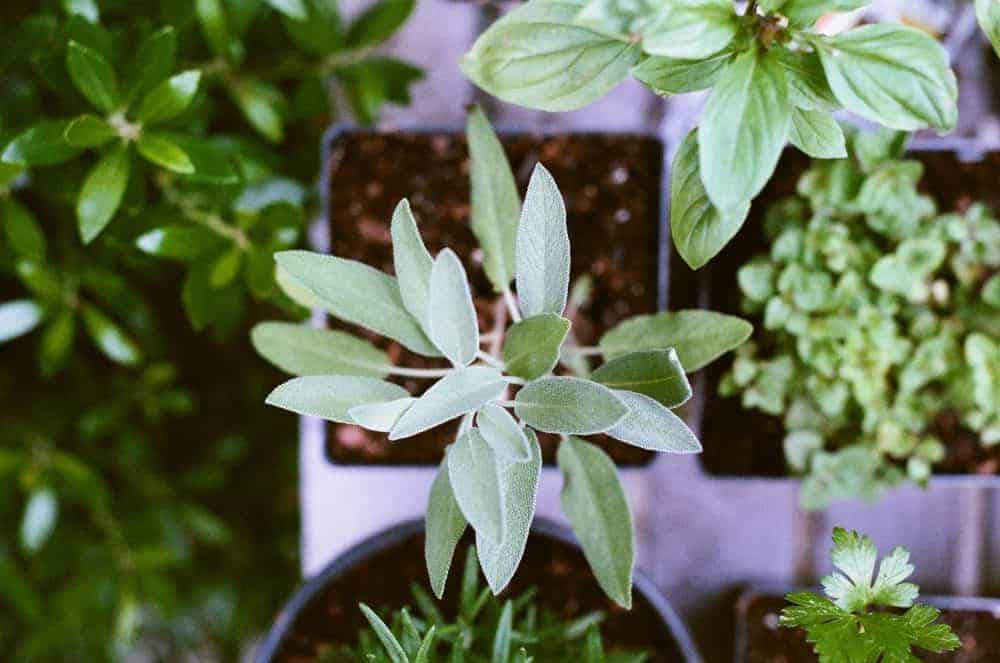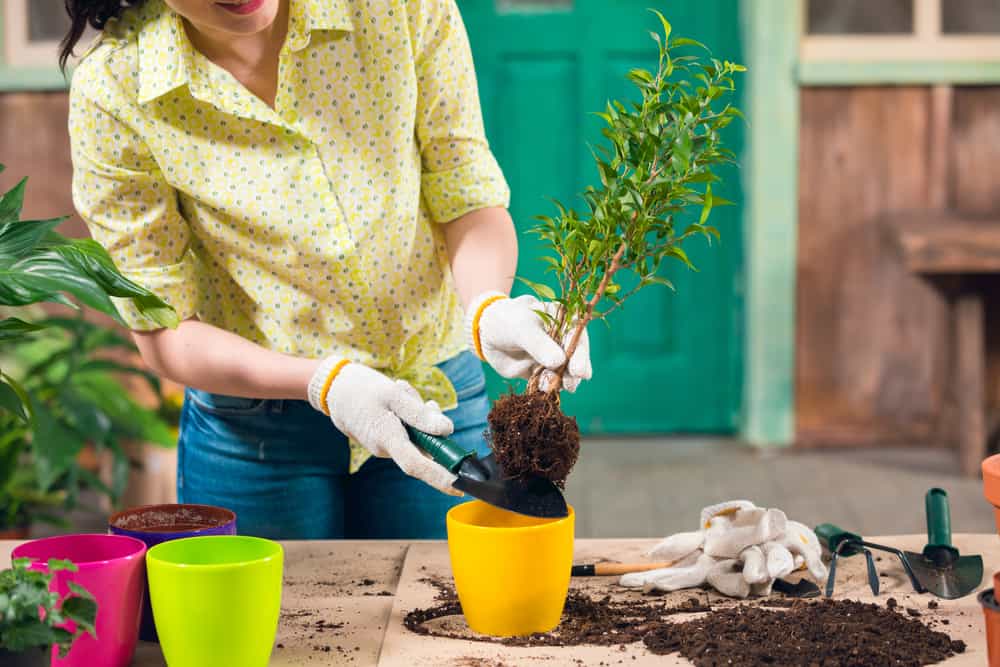Are you tired of paying big bucks for cooking herbs? Grow your own. For less than the price of a jar of dried herbs, you can plant fresh herbs (plants or seeds). Use your fresh herbs during the growing season and dry herbs throughout winter. Most herbs are easy to grow. These tips tell you how to do it.

Tips for growing and using fresh herbs
Plant herbs in spring or fall
Most herbs thrive in a sunny location with average to dry soil and are ideal plants for rockeries and hillsides. A formal herb garden space is not necessary; simply find a spot to add one or more herb plants to your existing landscape.
Grow herbs without fertilizer
Depending on where you live, some cooking herbs grow fresh all year long, merely slowing down in winter and becoming vigorous again spring through fall. Others die back completely, but usually regrow in spring.
Cut herbs at ground level
Harvest most herbs by cutting one or more whole stems to ground level at regular intervals throughout the plant. In other words, don’t snip off the tips and don’t cut from one spot in the plant. Harvest even when flowering; either pinch off flowers before use, use flowers as a garnish for salads or add them to recipes along with the green leaves.
Wash herbs
Place cut stems in a large bowl of cold water. Sprinkle salt lightly over the herbs; this causes any bugs to jump off. Soak herbs for 10 minutes, rinse under running water and shake dry.
Store fresh herbs in water
Place washed cuttings in a glass or vase of room temperature water on your kitchen counter out of direct sunlight. For longer storage, wrap washed herbs in toweling and store in the vegetable bin or plastic bag in the refrigerator.
Chop fresh herbs just before adding to any recipe
Most fresh herbs darken upon standing (parsley is the only exception). Use a gentle slicing motion with a sharp knife; rough up-and-down chopping tends to bruise and blacken fresh herbs.
Dry or freeze herbs for the winter
Tie a bundle of herbs and hang by their roots in a shaded area (not full sun) with good air circulation. Or preheat your oven to the lowest temperature setting, arrange herb stems in a single layer on a baking sheet. Dry herbs until brittle. Remove dried leaves from stems and transfer to a lidded jar for storage; discard stems. For freezer storage, wash fresh herbs, dry well and transfer to zipper-style freezer-safe bags.

How to grow the 10 most common culinary herbs
Basil
For most success with this herb, plant basil in full sun with moist soil. Pinch plant tips after 6 weeks of growth and pinch off flowers to favor leaf growth. Add mulch around base in hot weather to retain moisture in soil.
Chives
When harvesting, cut the outermost stems at ground level. Purple chive flowers are wonderful when added to salads or used as a garnish. Chives may die back in cold areas, but should regrow in spring.
Dill
Harvest the fern-like leaves by pinching off close to the stem. In fall, cut off seed heads when they turn light brown, and dry or freeze for storage.
Mint
Mint spreads rapidly, so plant where it has room to grow without crowding other plants. For most vigorous growth, plant mint in full sun with moist soil; plant it in a dry, shaded location to slow growth.
Oregano
Some varieties of oregano will grow throughout the winter, while others recede completely only to become vigorous again in spring through fall.
Parsley
When harvesting, cut the outermost stems at the ground level.
Rosemary
Rosemary will grow throughout winter in most locations. Cut back to a “Y” in the plant, or cut single stems several inches from the ground to encourage re-growth of the stem.
Sage
Sage will grow throughout winter in most locations.
Tarragon
For most success with this temperamental herb, grow tarragon where there is afternoon shade and protection from winter cold (surrounding evergreens, under eaves, or against walls). Do not cut stems to the ground; leave several inches to encourage regrowth. Tarragon usually dies back completely in winter.
Thyme
Some varieties of thyme will grow throughout the winter, while others recede completely only to become vigorous again in spring through fall.

How to plant herbs in your climate zone
To learn how to plant herbs for your climate, visit the National Gardening Association website. They are a nonprofit leader in plant-based education for consumers and educators. It has free gardening newsletters and support for community gardens.
Sunset Magazine also features unique climate zone maps that help you find where a plant will thrive year-round by considering your elevation and other factors.
For more tips on gardening to save money:
- Seed your spring garden and save money
- Regrow green onions in your kitchen
- How to build a rain garden
- Start a vegetable garden on the cheap
- Build and grow a salad table
